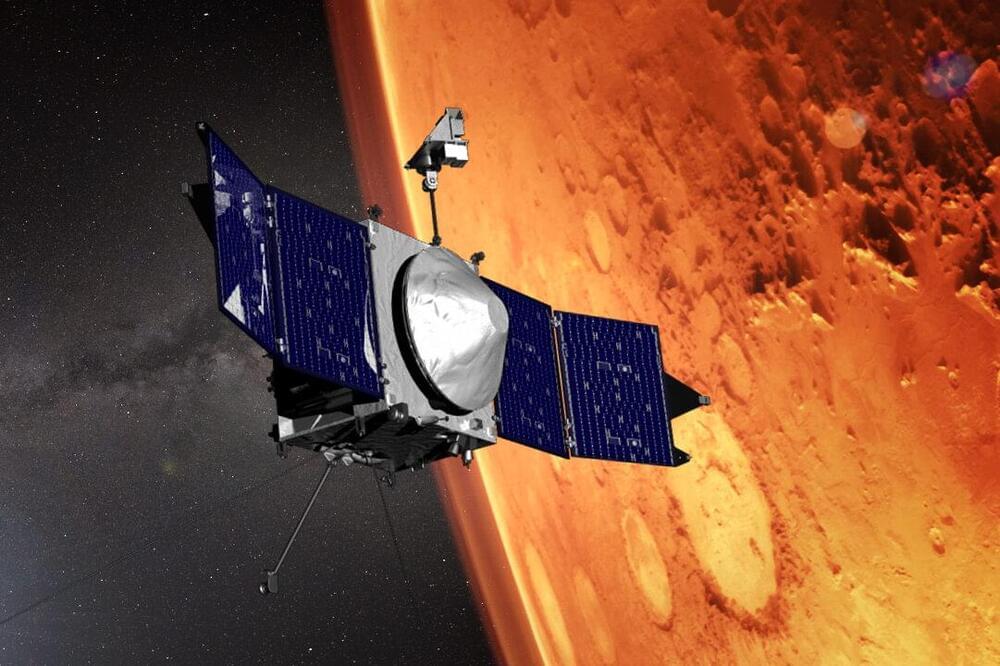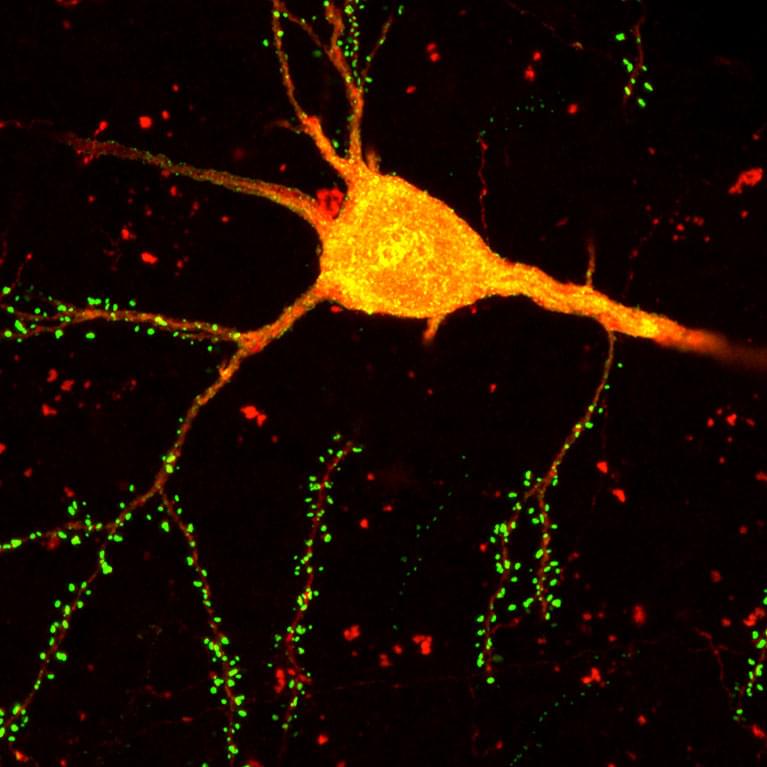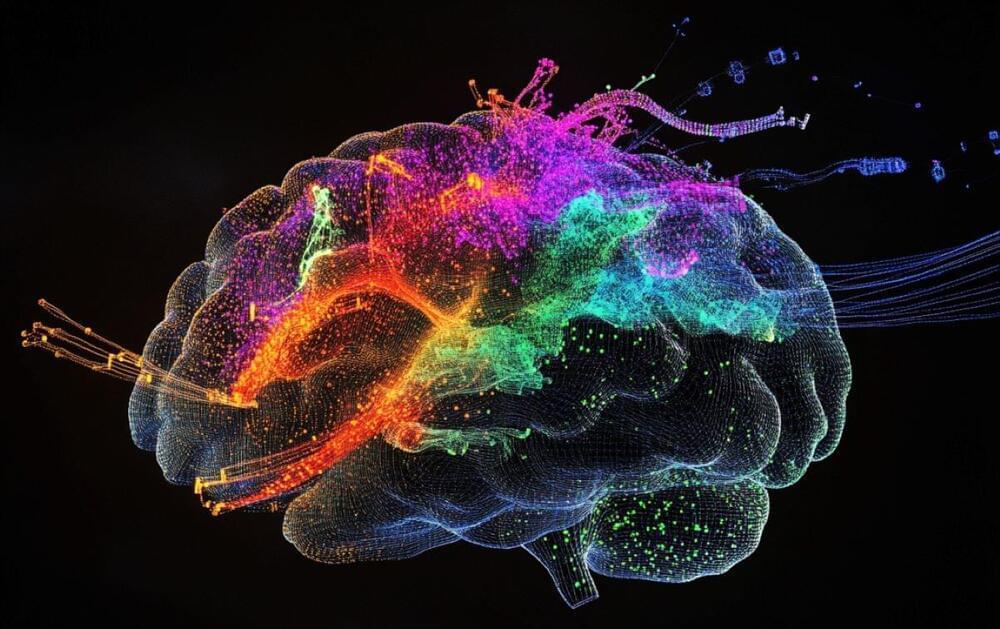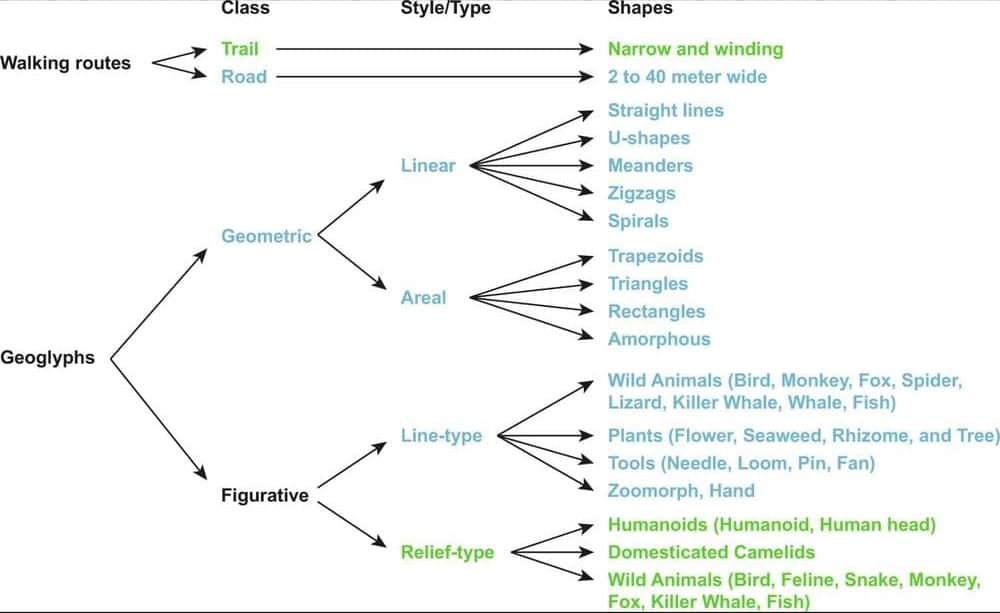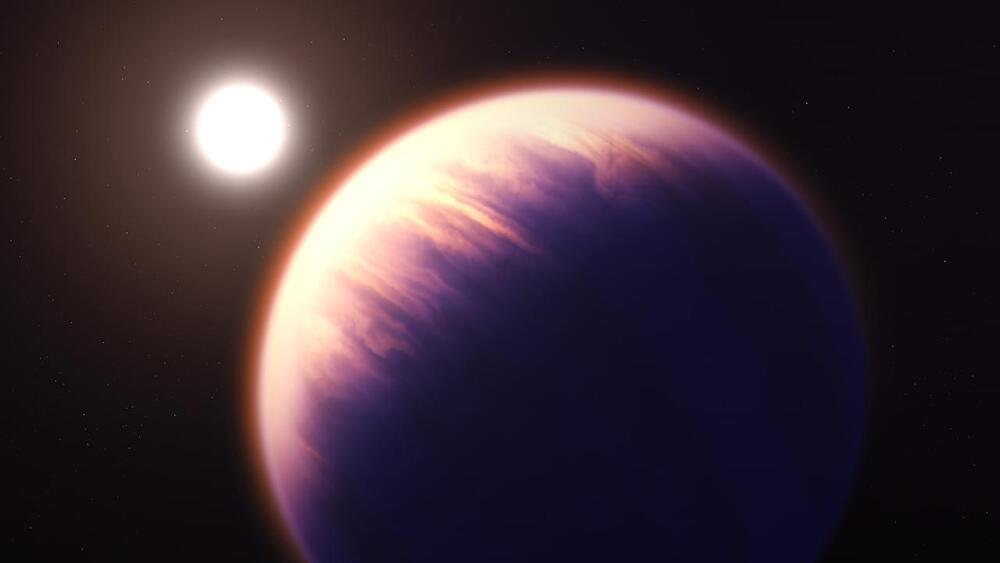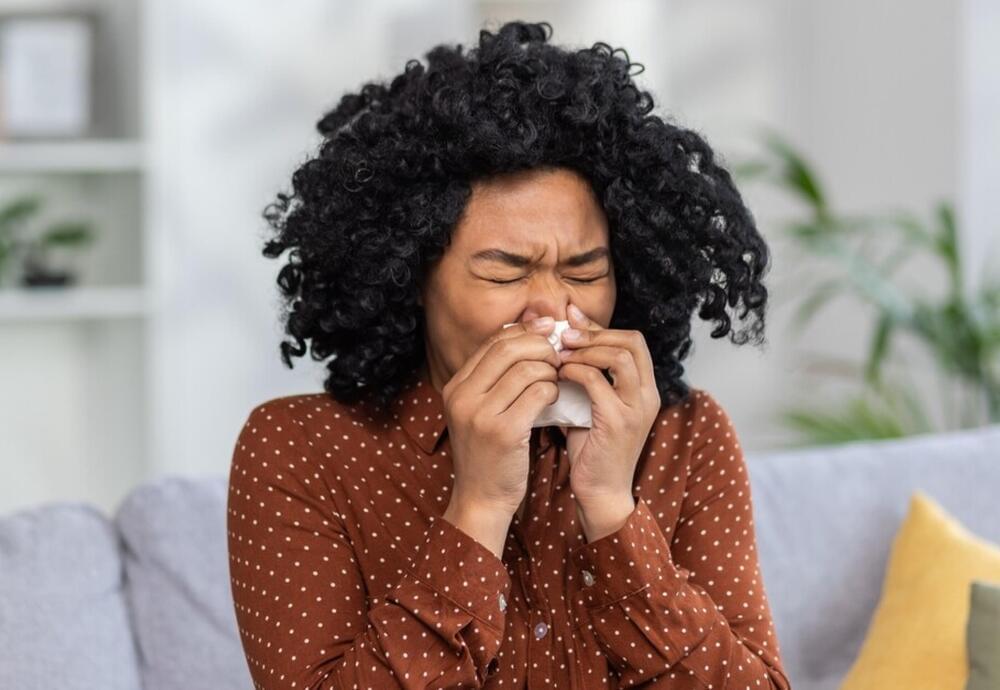Dr Shannon Curry said she believes humans will first land on Mars — at the earliest — in 2040, but more realistically 2050. And 2075 before Mars colonization! Very realistic prediction, and I enthusiastically agree.
NASA’s MAVEN spacecraft, led by scientists at the University of Colorado Boulder, was supposed to operate for one year when it entered orbit on September 21, 2014. Ten years later, the Mars Atmosphere and Volatile Evolution orbiter has been a boon to scientists studying the red planet and they hope it will remain in operation for years to come.
In May, MAVEN researchers got to watch as a huge solar storm hit the planet along with a massive dose of radiation. The MAVEN spacecraft is an orbiter, so it won’t ever land on the surface of Mars like the Curiosity and Perseverance rovers. Instead, it’s designed to examine the Martian atmosphere, which principal investigator Shannon Curry said “holds a number of secrets in terms of our past, present, and future.”
Here are some takeaways from Curry’s interview with Colorado Matters.
